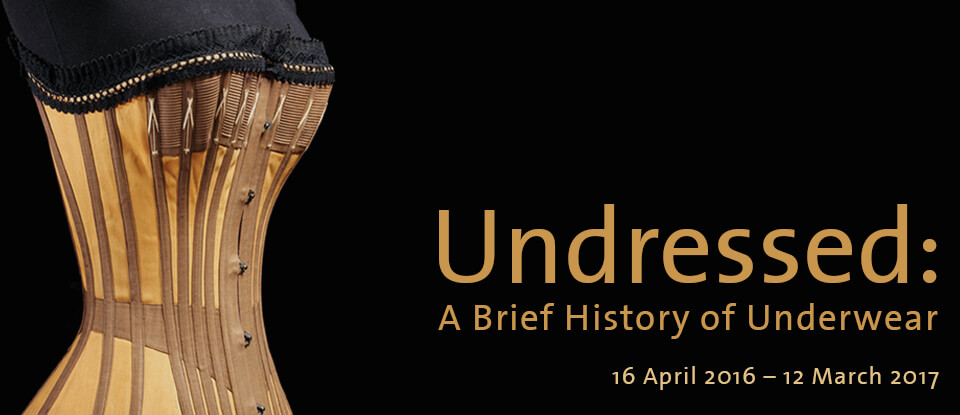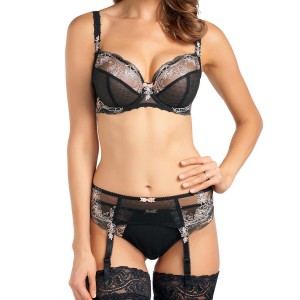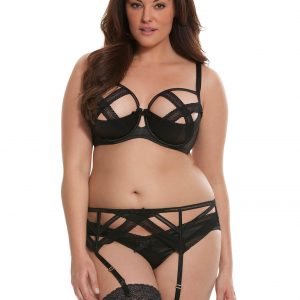A Day at the Museum: The V&A Shows Us How to Build a Lingerie Mannequin
Today's guest post is by Sam Conover, the owner of Broad Lingerie, a specialty bra and swimwear shop focusing on full bust sizes in Toronto. Broad Lingerie's mission is to normalize full bust sizes, encourage body positivity and to make lingerie shopping simple and accessible. When she's not in Bra Boss mode, she spends her time making art and thinking way too much about synthetic materials.
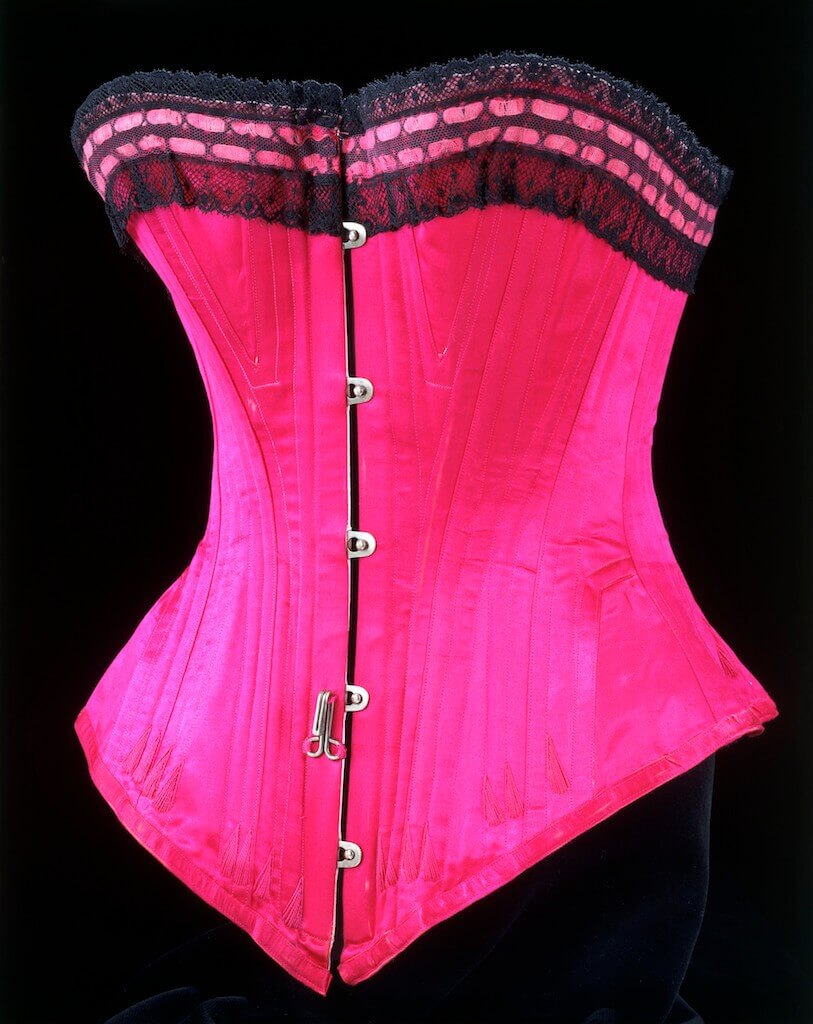
CREDIT: Silk satin, lace whalebone corset 1890-5 (c) Victoria and Albert Museum, London. This corset is designed to mould the body into an hourglass shape.
Once upon a time I had a very brief stint working as an objects conservator. This behind-the-scenes position is basically like being an artefact doctor. There are parts of the job similar to surgery, like repairing a broken urn, and parts closer to preventative medicine, like ensuring lighting isn’t so bright as to fade delicate textiles.
As a conservator I got to touch all of those treasured artefacts that are off-limits to museum goers! These days I am the owner of Broad Lingerie, a new boutique in Toronto specializing in full bust bras and swimwear. Lingerie and museums are two subjects I am very passionate about.
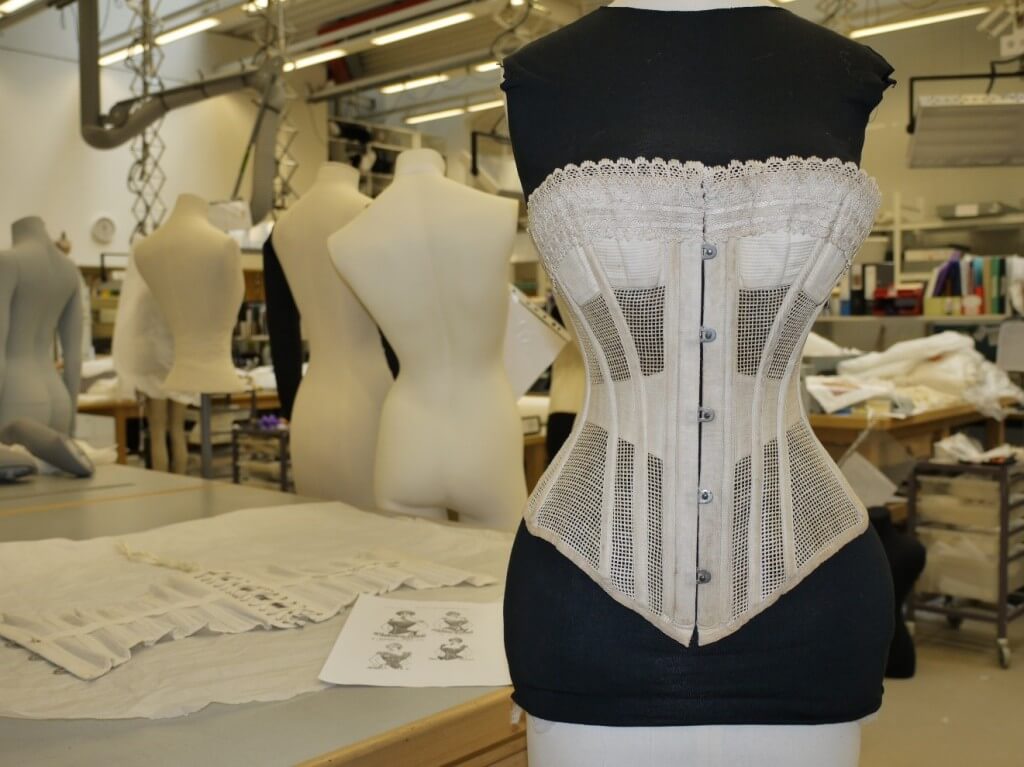
CREDIT: Cotton Net Corset, photo by Rachael Lee. This photo shows a mount created with the curvaceous silhouette of a corset in mind
My work history means I view exhibitions a little differently than the average museum-goer. This is especially apparent when my two passions are combined. When the Lingerie Française toured their exhibit here in Toronto, I wasn’t just looking at the lingerie. I was checking for signs of age, trying to spot repairs and critiquing how the garments were displayed. Lingerie Française wasn’t a museum backed exhibition, so it’s not fair to hold them to museum standards...but that didn’t stop me from freaking out when I saw their display methods. They had stretched delicate vintage girdles and bras over the hard edges of of hanging plexiglass rectangles. Delicate silk could easily split or snag and brittle old elastic threads were bound to snap! When I heard that the exhibit Undressed: A Brief History of Underwear was set to open at the Victoria & Albert Museum, I wasn’t just excited about the lingerie they were planning to display, I was excited about how this world-famous museum would display these dainties.
I have yet to see Undressed, and alas, I probably never will. My small business budget does not allow for impromptu trips to London. Reading Karolina Laskowska’s review of the exhibit inspired me to imagine all the potential behind-the-scenes problems that could arise when putting on this particular show. So I got in touch with the V&A conservation department, who were kind enough to answer all my geeky questions.
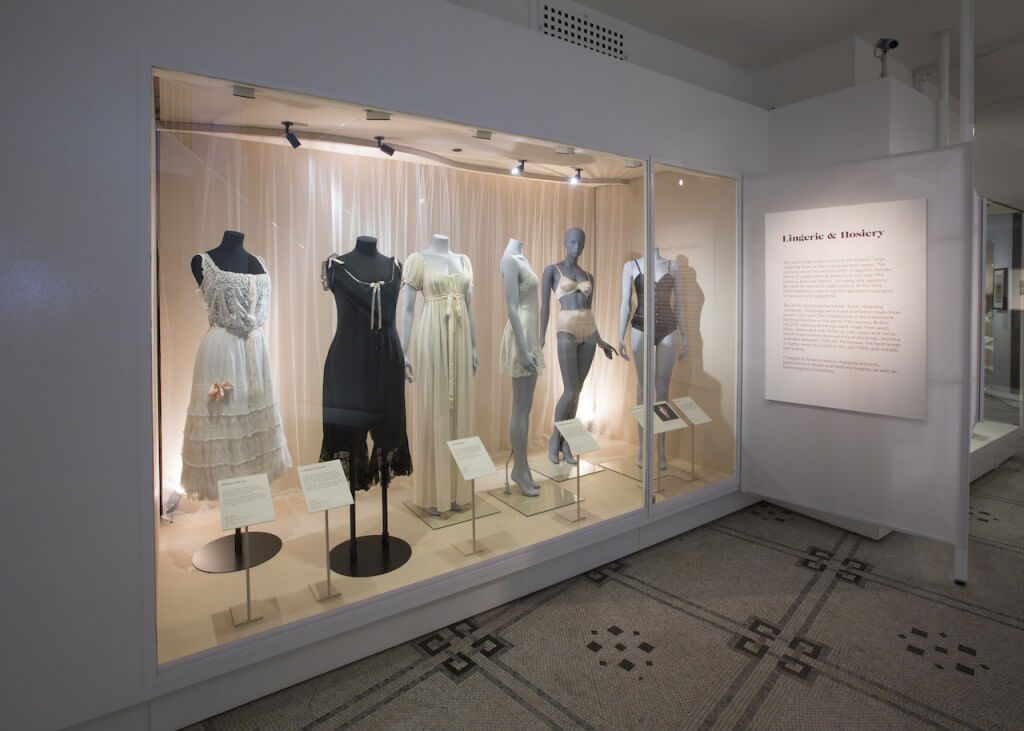
CREDIT: Installation View of Undressed: A Brief History of Underwear (c) Victoria and Albert Museum, London. Notice all of the different mannequin types used in this display?
From corsets, to bras, to girdles so many articles of lingerie are designed to alter our body shape. When lingerie is displayed in an exhibit setting, it’s usually put on a mannequin or form in order to allow the audience to understand the shape that it was designed to create. But the rigid, inflexible form of a mannequin is dramatically different from an actual human body which can be lifted and shifted and squeezed. Plus, there’s a difference between how we treat a garment during its “working life” and how a museum treats a garment once it’s held in trust for the education and enjoyment of future generations. So when displaying lingerie, there’s the major challenge of finding mannequins or mounts that are safe to the garment and pleasing to the eye.
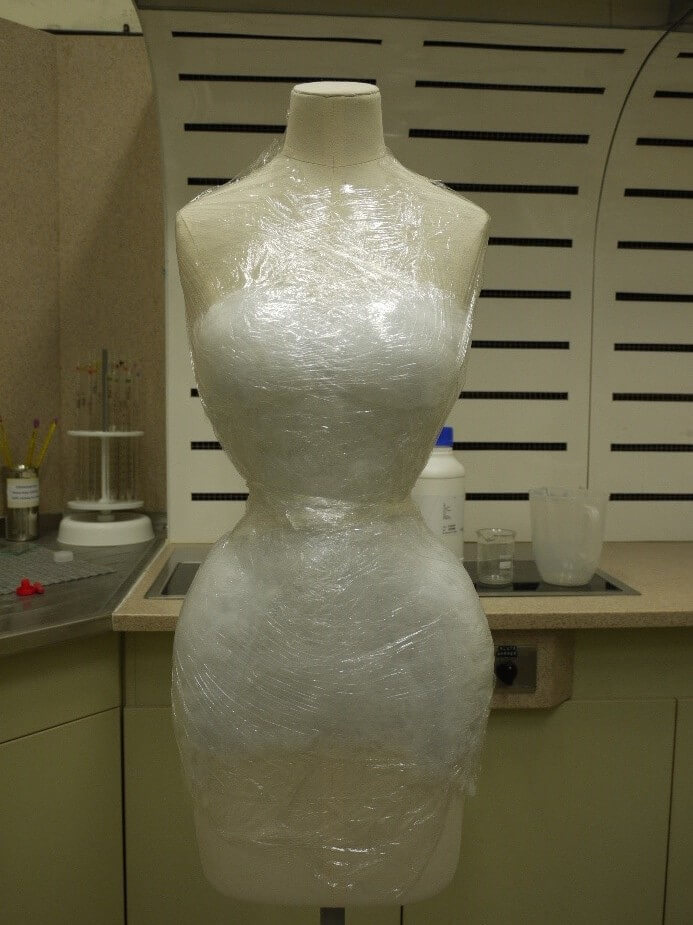
CREDIT: Cling-film covered mount, photo by Rachael Lee. Mount makers can use a mannequin designed in the correct shape to create replica mannequins. This model has been covered in cling wrap in order to make a “paper-mache” type cast by layering on paste soaked strips of linen material. Once dry, the cast is removed and can be used as is, or act as a form to shape a clear acrylic cast.
Modern mannequins aren’t created with historical figures in mind, as they tend to have a more straight up and down shape. A corset displayed on a modern mount won’t be properly filled out and supported at the bust and hips and the waist will be strained. The solution is to build a torso with a figure that’s similar to the shape the corset is supposed to create. A regular mannequin is cut down to size and padding is applied to the mannequin in thin layers until it has the correct shape.
Once you have a mannequin that has the right shape, you have to be very careful when getting her dressed. No tightlacing allowed! Frances Hartog, the Senior Textile Conservator of the V&A notes that there were several corsets in Undressed made with a silk outer fabric that was worn thin where it was stretched out over the boning. Museum workers had to take great care when lacing up corsets of this type over body forms. The boning of the corset could potentially pierce the lining if the corset was stretched too taut or the boning itself could snap! When silk and whalebone are new they’re strong and flexible materials, but with age they become brittle and fragile.
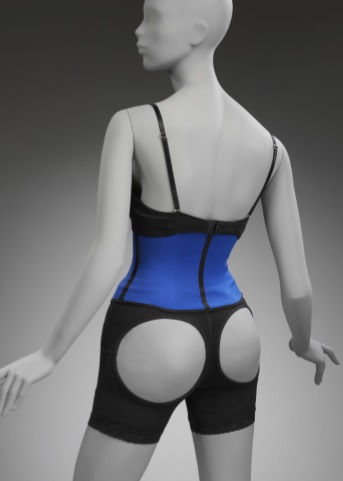
CREDIT: Completed fibreglass buttocks inserts, photo Lillia Prier Tisdall. This mannequin’s butt is totally fake. No really, the mount-makers at the V&A sculpted her a brand new rear!
Lingerie more often reveals rather than conceals, which can lead to interesting display puzzles. Lilia Prier Tisdall, the Textile Conservation Display Specialist at the V&A, shared the story about why the conservators at the V&A had to create a fake butt. The museum wanted to display a pair of “butt-lifting” Lycra shorts that had rear cut-outs to lift and shape the bottom. When placed on a regular mannequin, the result was decidedly uninspiring. You could see the seams where the mannequin’s legs were attached and the mannequin’s hard fibreglass rear certainly wasn’t being lifted or shaped.
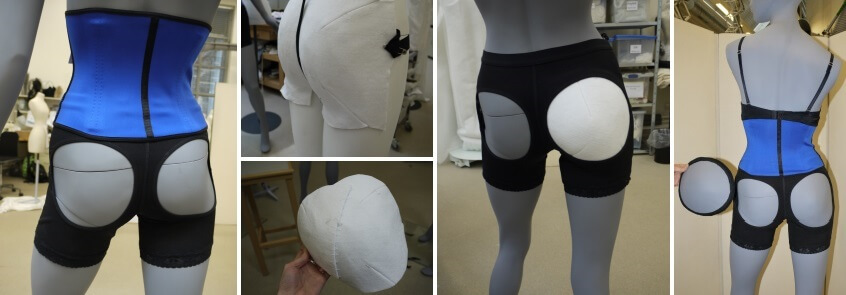
CREDIT: Steps taken to create fake fibreglass buttocks inserts, photos by Lillia Prier Tisdall. The unsightly seams and slight rear end made this mannequin less than ideal as a display form. So mount makers gave her a set of brand new cheeks, moulded and painted to match!
The intrepid mount-makers ended up using a special polyester material that could be cut, sewn and shaped into individual buttocks. An air curing plaster-like substance was spread over each buttock to create a surface that matched the texture of the fibreglass mannequin. The buttocks were then sanded, painted to match and inserted between the garment and the display mannequin. Thanks to museum plastic surgery the mannequin now had a round, lifted bottom!
Much has been written on TLA about the precision, research and care that goes into making lingerie. This same kind of process is required when displaying lingerie. When I hear people talk about museum exhibits I notice how they only seem to appreciate half of the work behind the show. Researching artefacts, writing the text and deciding what to put on display is an important part of any exhibit. I think we should also appreciate the work that goes into making sure the artefacts are displayed safely. Sure, some of this behind-the-scenes work is decidedly academic, like testing new materials for museum safety. But sometimes, if you’re lucky, you get to make a fake rear end.
With thanks for photography and interviews to Undressed: A Brief History of Underwear, sponsored by Agent Provocateur and Revlon, at the V&A until 12 March 2017.vam.ac.uk/undressed





